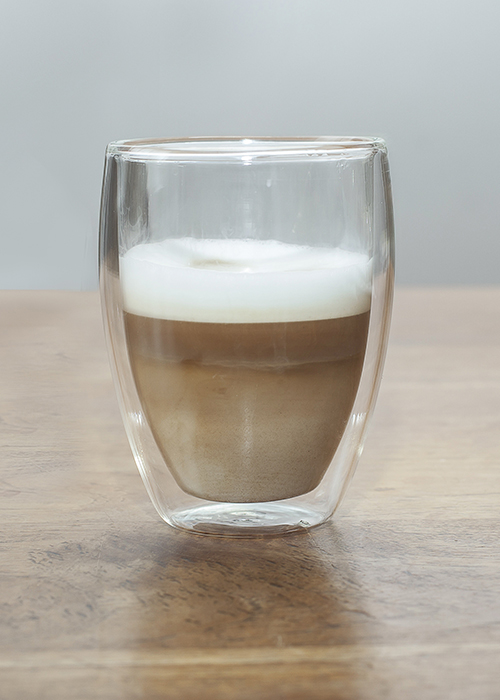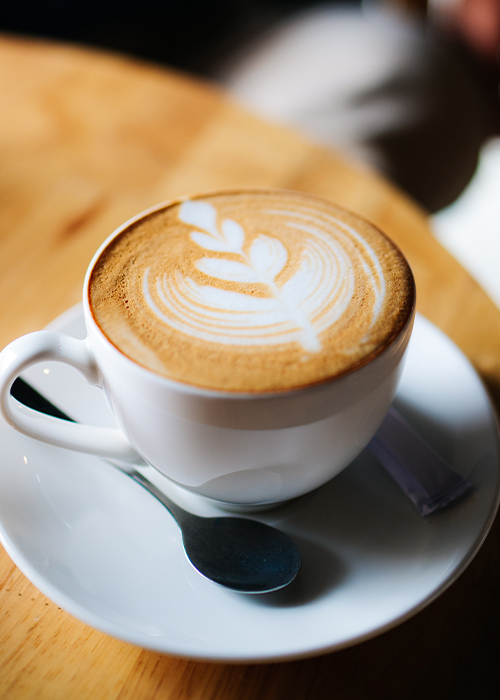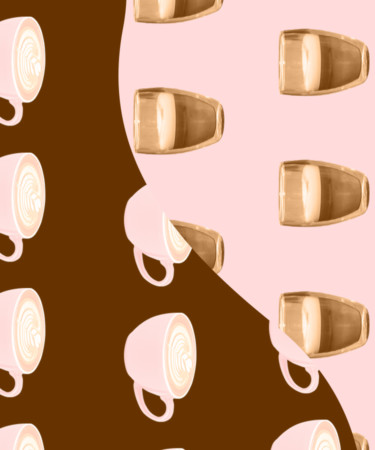Few things are more satisfying than a comforting cappuccino or an elegant macchiato to start the day off with a caffeine buzz. Available in countless iterations, these two specialty drinks have found their way into the hearts of coffee lovers around the world. But what sets these timeless espresso-based concoctions apart? Keep reading to learn more about the differences between the cappuccino and the macchiato.
Origin
The histories and timelines of many espresso drinks are a bit nebulous. The macchiato is no exception, with little information about when and where it was first created. Italy is often cited as its country of origin, perhaps because the espresso machine itself was pioneered there in the late 19th century.
The cappuccino also comes with its own muddled history, with some sources suggesting it is a modern version of the “kapuziner,” a coffee drink made with milk and sugar that was first popularized in 19th-century Vienna. Others believe the modern cappuccino was developed in Italy around 1901, but the name itself was first coined in the 1930s, likely a reference to the distinctive brown robes worn by Capuchin friars that were similar in color to the cappuccino.

Preparation
Traditionally, the cappuccino is a frothy combination of thirds that includes espresso, steamed milk, and milk foam. But like many espresso drinks, how its ingredients are incorporated varies depending on the country and the coffee shop. As The New York Times explains, some baristas prepare cappuccinos with distinct layers while others prefer a combined beverage that allows for each sip to be consistent. Still, some coffee aficionados suggest the size of the cappuccino is its most distinguishing characteristic, insisting that the drink should be no larger than 4 ounces, though larger versions up to 6 ounces are typical.
The macchiato, sometimes called the caffè macchiato or espresso macchiato, includes a single or double shot of espresso and is topped off with a small amount of milk foam. The foam, which should be somewhat dry in texture, is not incorporated into the espresso but rather layered on top, though some baristas pour the foam into the beverage to make latte art. It is usually served in 1 ¼- to 3-ounce sizes.

Flavor
True to its name, the macchiato, which means “marked” in Italian, is just that — an espresso with a small amount of foamy, steamed milk that lightly marks the coffee. It is stronger and more delicate than the cappuccino, but less intense than an espresso. With just a touch of sweetness and texture from the milk, the macchiato is a favorite of coffee aficionados for its focus on flavors of the espresso. In Italy, macchiatos are often enjoyed as an afternoon treat, and due to their small size, should be consumed quickly.
The cappuccino is a drink that is meant to be lingered over and yields a sweeter, more airy beverage with less of an espresso focus. In Italy, the cappuccino is viewed solely as a breakfast accompaniment, something warm and inviting with which to enjoy a morning pastry. Americans, on the other hand, take a more generous approach, with diners ordering the beverage at all hours of the day.
